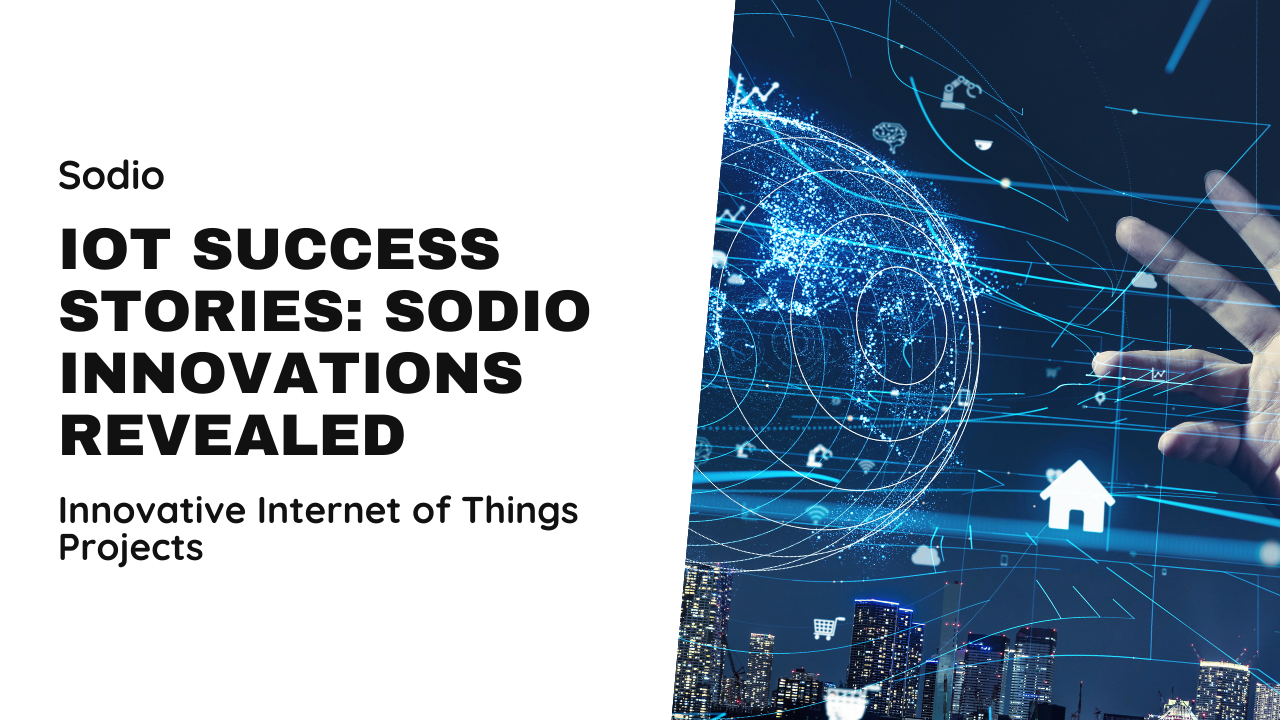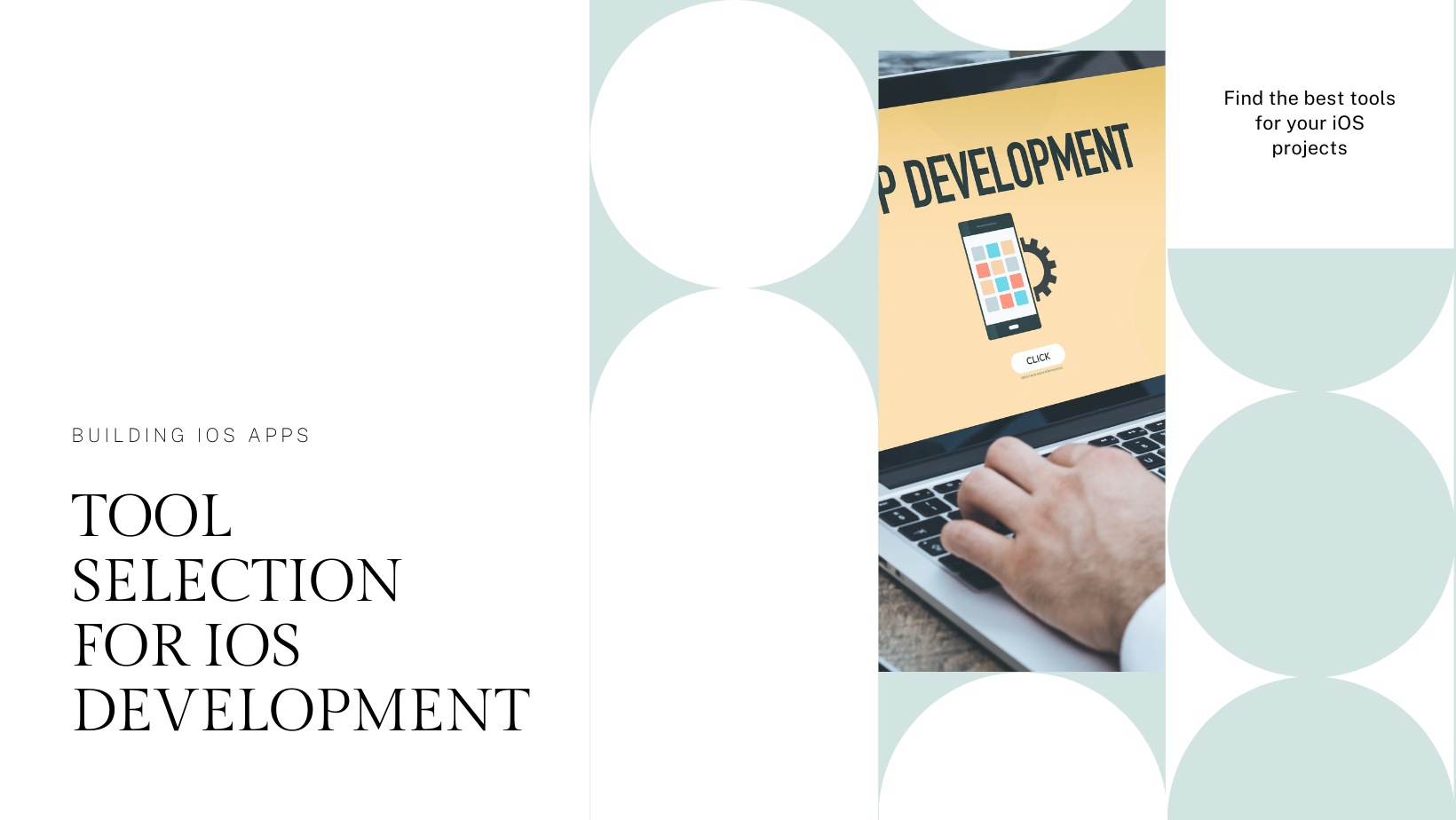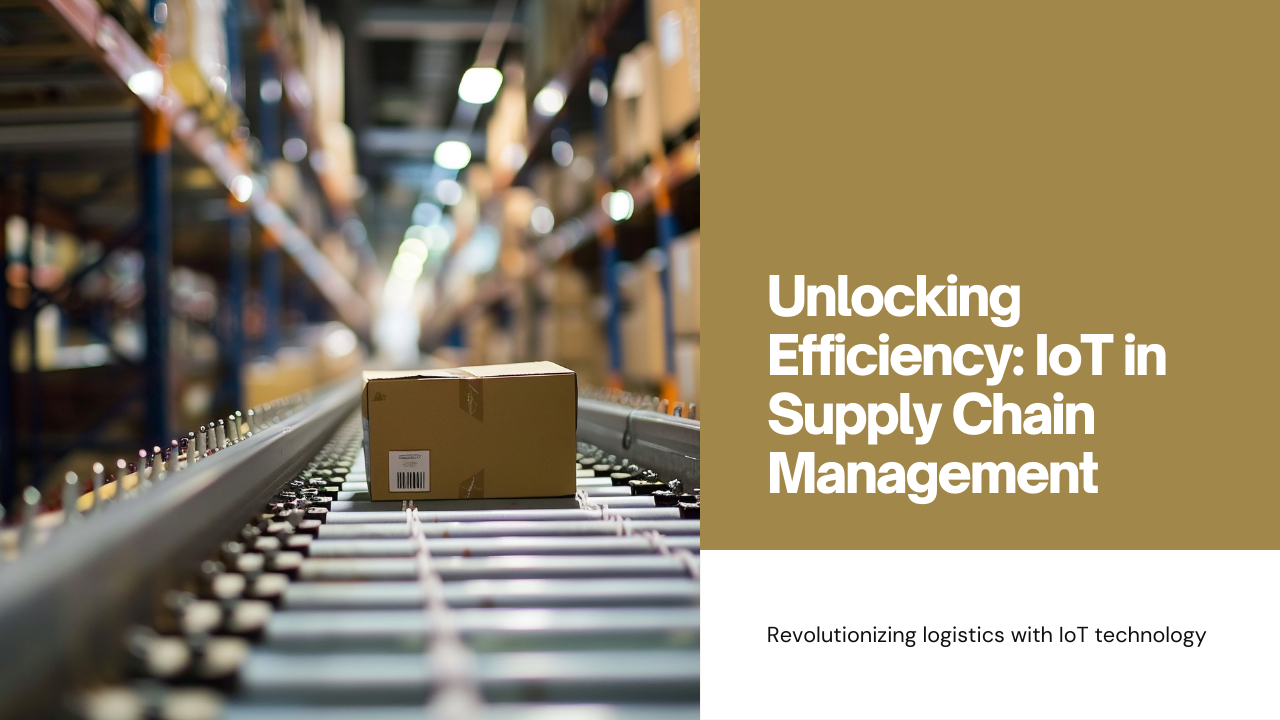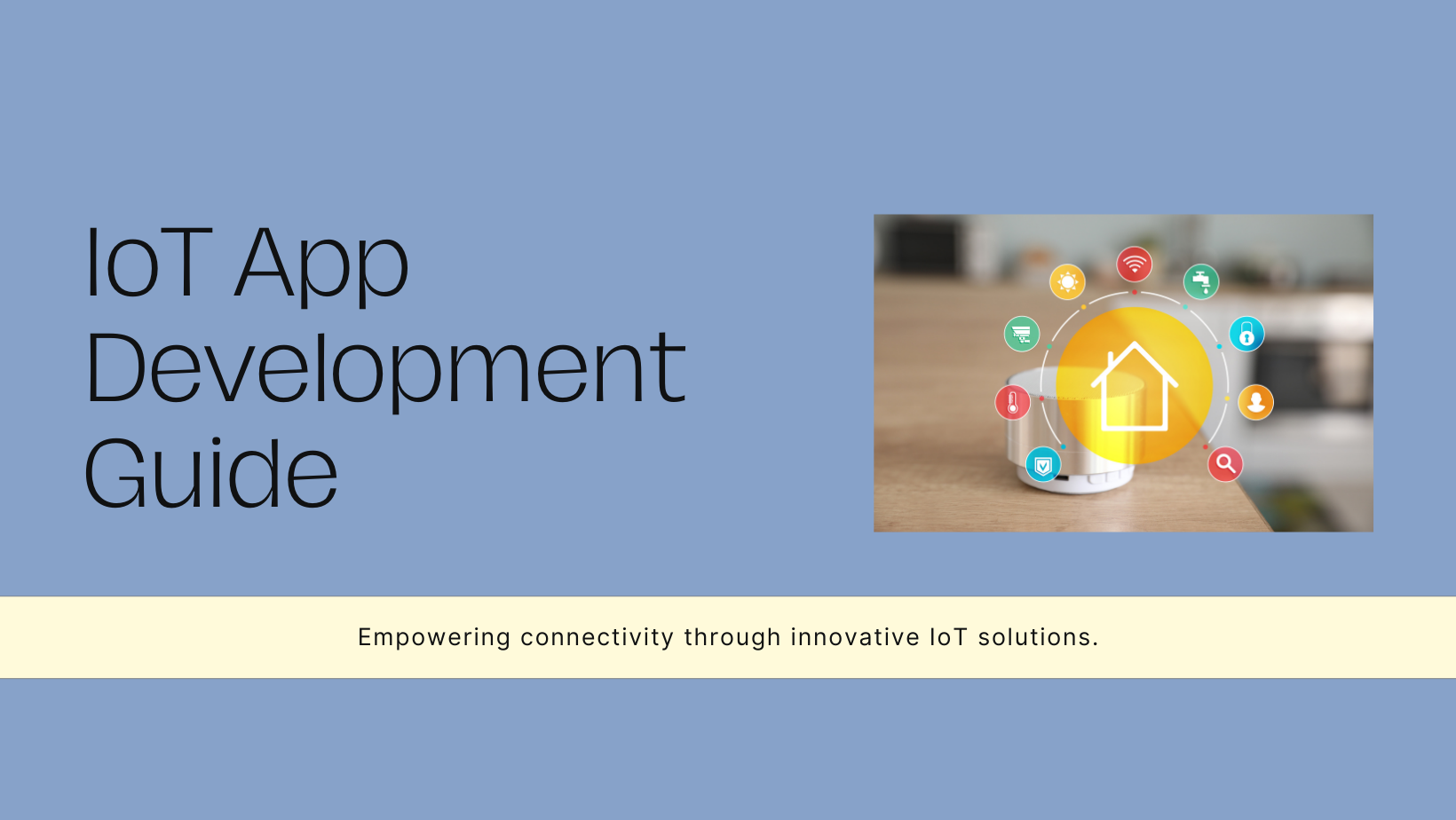The Internet of Things (IoT) is revolutionizing industries by enabling seamless connectivity, real-time data analytics, and automation. At Sodio Technologies, we have leveraged IoT technologies to develop innovative solutions that address complex business challenges across various sectors. In this blog post, we showcase some of our successful IoT projects, highlighting how we have helped businesses enhance efficiency, improve decision-making, and drive growth through cutting-edge IoT solutions.
Case Study 1: Smart Logistics System for a Leading Retailer
Project Overview
A major retail chain sought to enhance its logistics operations to reduce costs, improve delivery times, and increase overall supply chain efficiency. The goal was to implement a smart logistics system using IoT technologies to monitor and optimize the movement of goods from warehouses to retail stores.
Solution Implemented
- Real-time Tracking and Monitoring: We deployed GPS-enabled sensors and RFID tags on trucks and pallets to provide real-time tracking of shipments. This system offered live visibility into the location and condition of goods, enabling proactive management of logistics operations.
- Predictive Maintenance: Using IoT sensors embedded in the trucks, we monitored vehicle performance metrics such as engine health, tire pressure, and fuel levels. Predictive analytics were applied to forecast maintenance needs, reducing downtime and minimizing unexpected breakdowns.
- Automated Inventory Management: We integrated IoT sensors in warehouses to automate inventory tracking. Real-time data on stock levels, product movement, and storage conditions was fed into the central system, enabling accurate inventory management and reducing stock discrepancies.
Results Achieved
- Reduced Delivery Times: The real-time tracking system significantly decreased delivery times, enhancing customer satisfaction and operational efficiency.
- Lower Maintenance Costs: Predictive maintenance reduced vehicle breakdowns by 30%, lowering maintenance costs and enhancing fleet reliability.
- Improved Inventory Accuracy: Automated inventory management improved stock accuracy by 25%, reducing inventory holding costs and minimizing stockouts.
Case Study 2: Smart Agriculture Solution for a Farming Cooperative
Project Overview
A farming cooperative aimed to modernize its agricultural practices to enhance crop yield, reduce resource consumption, and improve sustainability. The objective was to develop a smart agriculture solution using IoT technologies to monitor soil conditions, weather patterns, and crop health in real-time.
Solution Implemented
- Soil Moisture and Climate Monitoring: We installed IoT sensors in the fields to monitor soil moisture levels, temperature, humidity, and weather conditions. This data was transmitted to a central platform for real-time analysis and decision-making.
- Crop Health Monitoring: Drones equipped with cameras and sensors were used to capture aerial images of the crops. Machine learning algorithms analyzed these images to detect plant health issues such as pests, diseases, and nutrient deficiencies.
- Automated Irrigation System: Based on real-time soil moisture data and weather forecasts, we implemented an automated irrigation system that adjusted watering schedules and water usage, optimizing water consumption and ensuring optimal crop growth.
Results Achieved
- Increased Crop Yield: The smart agriculture solution increased crop yield by 20% by providing precise irrigation and early detection of plant health issues.
- Reduced Water Usage: The automated irrigation system reduced water consumption by 40%, contributing to water conservation and cost savings.
- Enhanced Sustainability: Real-time monitoring of soil and weather conditions helped the cooperative adopt sustainable farming practices, reducing the use of fertilizers and pesticides by 30%.
Case Study 3: Smart Healthcare Monitoring for a Hospital Network
Project Overview
A hospital network sought to enhance patient care and operational efficiency by implementing a smart healthcare monitoring system. The goal was to use IoT technologies to monitor patients’ vital signs, track medical equipment, and streamline hospital operations.
Solution Implemented
- Remote Patient Monitoring: We deployed wearable IoT devices to monitor patients’ vital signs such as heart rate, blood pressure, and oxygen levels. Data from these devices was transmitted to healthcare professionals in real-time, enabling early detection of health issues and timely intervention.
- Smart Asset Tracking: RFID tags were attached to medical equipment and supplies, allowing real-time tracking of their location within the hospital. This system improved asset utilization, reduced equipment loss, and streamlined inventory management.
- Patient Flow Optimization: IoT sensors were installed in patient rooms, corridors, and common areas to monitor patient movement and occupancy. Data analytics were used to optimize patient flow, reduce waiting times, and enhance overall hospital efficiency.
Results Achieved
- Improved Patient Outcomes: Real-time monitoring of vital signs reduced emergency incidents and improved patient outcomes, enhancing the quality of care.
- Enhanced Asset Management: The smart asset tracking system reduced equipment loss by 50% and improved asset utilization by 35%.
- Streamlined Operations: Optimized patient flow reduced patient wait times by 20%, enhancing patient satisfaction and operational efficiency.
Case Study 4: Smart Manufacturing System for an Automotive Manufacturer
Project Overview
An automotive manufacturer aimed to modernize its production line to increase efficiency, reduce downtime, and enhance product quality. The objective was to implement a smart manufacturing system using IoT technologies to monitor equipment performance, optimize production processes, and enhance quality control.
Solution Implemented
- Real-time Equipment Monitoring: IoT sensors were installed on production machines to monitor parameters such as temperature, vibration, and operational status. Data was collected and analyzed in real-time to detect anomalies and predict equipment failures.
- Smart Quality Control: We integrated vision systems and sensors on the production line to inspect products for defects and ensure quality standards. Machine learning algorithms were used to analyze image data, reducing the rate of defective products by 40%.
- Automated Production Scheduling: IoT-enabled production scheduling systems optimized manufacturing workflows based on real-time data on machine availability, maintenance schedules, and production targets. This system minimized downtime and maximized productivity.
Results Achieved
- Increased Production Efficiency: Real-time monitoring and automated scheduling improved production efficiency by 30%, reducing downtime and increasing output.
- Enhanced Product Quality: Smart quality control reduced the rate of defective products by 40%, ensuring higher product quality and customer satisfaction.
- Cost Savings: Predictive maintenance and optimized production processes reduced maintenance costs by 25% and energy consumption by 20%.
Case Study 5: Smart City Infrastructure for a Metropolitan Area
Project Overview
A metropolitan area aimed to enhance urban living by implementing smart city infrastructure using IoT technologies. The goal was to improve traffic management, energy efficiency, and public safety through interconnected devices and data analytics.
Solution Implemented
- Intelligent Traffic Management: We deployed IoT sensors and cameras at traffic intersections to monitor vehicle flow, congestion, and traffic light patterns. Machine learning algorithms optimized traffic signal timings, reducing congestion and improving traffic flow.
- Smart Lighting and Energy Management: IoT-enabled streetlights with motion sensors and smart controls were installed to reduce energy consumption. The system adjusted lighting levels based on pedestrian and vehicle movement, reducing energy usage by 30%.
- Public Safety Monitoring: IoT sensors and cameras were deployed in public spaces to monitor crowd density, detect anomalies, and enhance public safety. Real-time data analytics enabled quick response to incidents, improving public safety and security.
Results Achieved
- Reduced Traffic Congestion: Intelligent traffic management reduced traffic congestion by 25%, improving commute times and reducing pollution.
- Energy Savings: Smart lighting and energy management systems reduced energy consumption by 30%, contributing to sustainability and cost savings.
- Enhanced Public Safety: IoT-enabled monitoring systems improved response times to incidents, enhancing public safety and security in urban areas.
Conclusion
At Sodio Technologies, we are committed to driving innovation and transforming industries through IoT solutions. Our successful IoT projects demonstrate our expertise in developing tailored solutions that enhance efficiency, reduce costs, and improve customer experiences across various sectors. Whether it’s smart logistics, agriculture, healthcare, manufacturing, or smart city infrastructure, we are dedicated to helping businesses leverage the power of IoT to achieve their goals and stay ahead in a competitive market.






